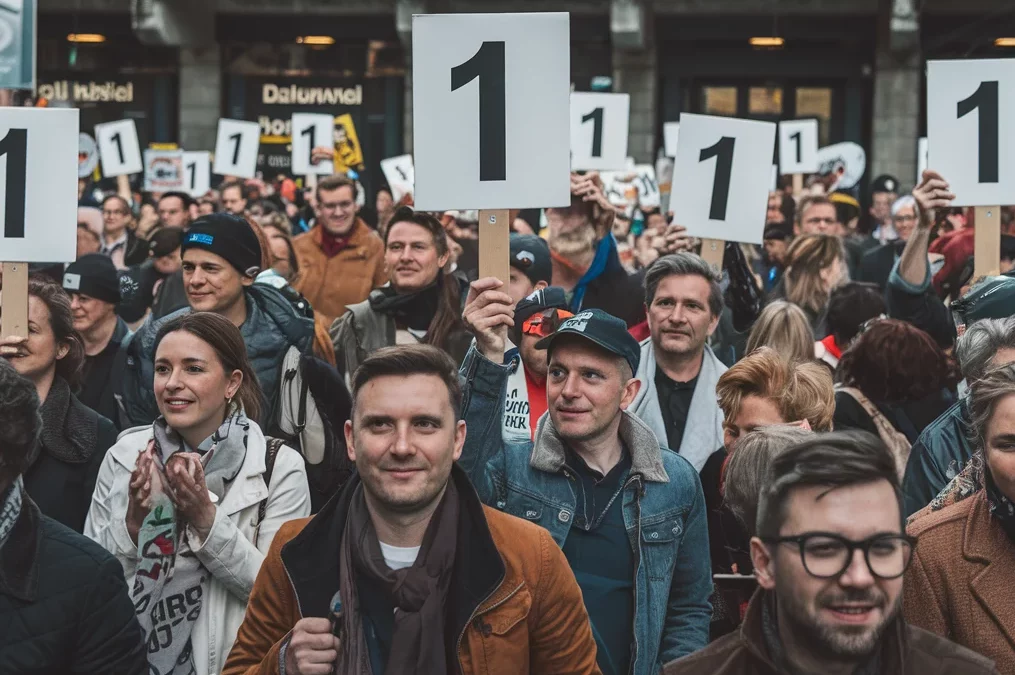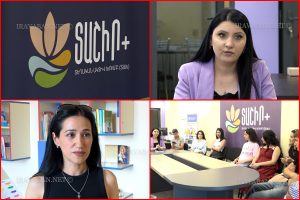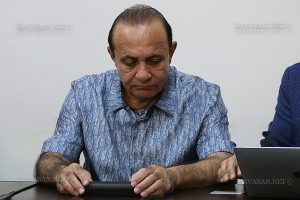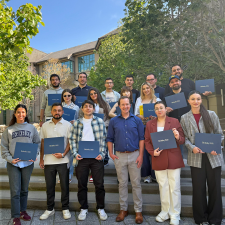As previously reported, in our upcoming materials, we will address the implementation of the “1% Law” in different countries. It aims to present the mechanism’s basic principles, advantages, and challenges based on these countries’ experiences, and discuss its possible implementation in Armenia.
Let us remind you that the 1% mechanism allows taxpayers to direct a certain portion of their paid income tax (usually 1-2%) to CSOs of their choice. The main objectives of the mechanism are:
- Ensuring CSO financial sustainability,
- Promoting civic participation,
- Strengthening state-CSO-citizen connections.
Iravaban.net will this time examine Slovakia’s experience in more detail.
The law was introduced in 1999, and in 2002 the 1% became 2%.
A distinctive feature is that the country also allows legal entities to participate by contributing 2% of their corporate tax.
For individuals, the donation is made to one CSO, while legal entities can allocate the corresponding amount among more than two CSOs.
The percentage of paid tax can be allocated to beneficiaries and used only for purposes within their activities who carry out the following:
- Health support and protection (especially drug addiction prevention, treatment, and resocialization)
- Physical culture support and development
- Social services provision
- Cultural heritage preservation
- Education support
- Human rights protection
- Environmental protection
- Science and research support
- Organization and mediation of volunteer work
This model has been quite successfully implemented and represents a significant portion of funding for many non-profit organizations in Slovakia.
The law’s implementation has had a significant impact on the country’s civil society and non-profit sector.
One of the most notable effects of the law has been the substantial increase in funding for non-governmental organizations (NGOs). The ability of taxpayers to allocate a portion of their taxes has provided NGOs with a stable and predictable source of income, which is particularly important for small organizations that may not have access to large grants or donations.
Greater Public Engagement and Awareness
- The system has encouraged Slovak citizens to become more involved in charitable activities and better understand the role of civil society organizations in society. By allowing taxpayers to choose where a portion of their tax money goes, it has fostered a sense of engagement and responsibility toward social, cultural, and environmental causes.
Diversification of NGO Funding Sources
- Slovak NGOs have been able to diversify their funding streams thanks to this law. This diversification has helped reduce dependence on single funding sources such as government grants or foreign donors and provided greater financial stability to the non-profit sector.
Promoting Transparency and Accountability
- As NGOs “compete” for taxpayers’ 1% or 2%, they are motivated to be more transparent in using their funds. This competition has contributed to an overall increase in professionalism and accountability in the non-profit sector.
Positive Effects on Volunteering
- Individuals who volunteer at least forty hours annually can also allocate 3% of their taxes. This regulation has encouraged more people to engage in volunteer activities, further strengthening civil society.
Challenges and Criticisms
- Some critics argue that while the law has increased NGO funding, it has also led to intense competition between them, with some organizations dedicating significant resources to campaigns aimed at securing taxpayer allocations. This has, in some cases, diverted attention from their core missions.
- There are concerns that the law may benefit larger, more established NGOs with better marketing capabilities, making it harder for small, grassroots organizations to receive funds.
Overall, the 1% and 2% tax designation laws have had a broadly positive impact on Slovakia’s non-profit sector by providing financial support, increasing public participation, and encouraging transparency and accountability.
The main image was created with the help of artificial intelligence.
This article is made possible by the generous support of the American people through the United States Agency for International Development (USAID). The contents are the responsibility of the Armenian Lawyers Association, a subrecipient of Counterpart International, and do not necessarily reflect the views of USAID, the United States Government or Counterpart International.















